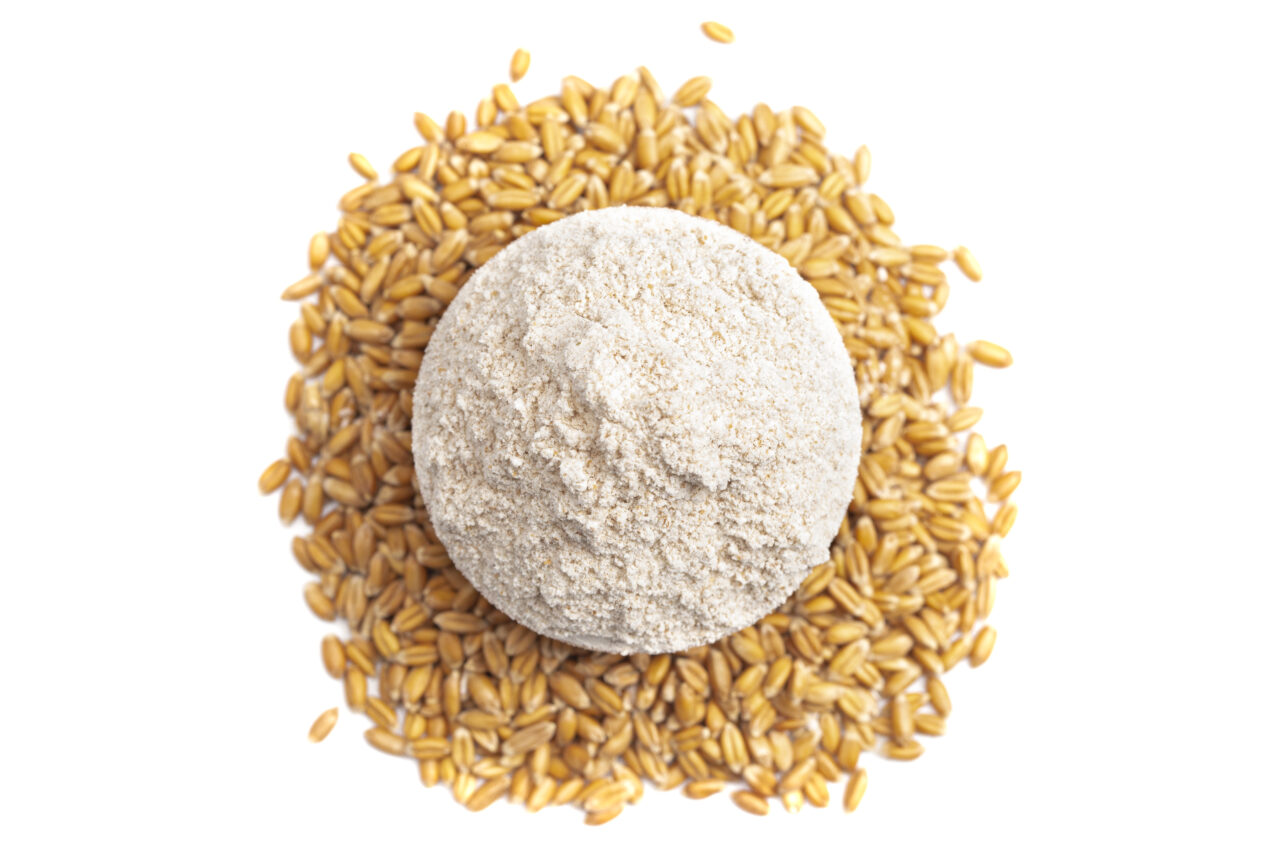Every year on March 20, we celebrate World Flour Day – a day dedicated to one of the most essential ingredients in daily nutrition around the world. Flour is at the heart of countless traditional dishes, breads, and baked goods. But more than that, it’s a symbol of nourishment, culture, and craftsmanship.

At GoodMills Group, we’re proud to play a key role in feeding millions of people across Europe as the continent’s largest milling company. And while flour is a staple in nearly every kitchen, it’s also surrounded by a surprising number of myths and misconceptions.
To mark this year’s World Flour Day, we’re setting the record straight by exploring five of the most common myths about flour and milling:
1. “Flour doesn’t go bad.”
Not entirely true. The drier a product is, the longer it keeps – and that applies to flour as well. However, flours with a higher extraction rate (like wheat flour type 1050 or rye flour 1370), or those with a higher fat content (like wholemeal), can go rancid over time. These are best used within 3 to 6 months.
Fun fact: Whole wheat and spelt kernels can last up to 20 years if stored properly – and still retain their ability to germinate.
2. “The flour type doesn’t matter.”
Actually, it matters a lot. The type number indicates how much of the grain’s outer layers were included in the milling process – and thus how high the mineral content is. For light and fluffy baked goods like rolls or cakes, lower types (e.g. wheat 405 or 550, spelt 630) are ideal. For hearty breads, wholemeal or rye flour is a better choice.
By the way: Wholemeal flour includes the entire grain and all its minerals, so it’s the only flour that doesn’t carry a type number.
3. “Flour should always be sifted.”
This idea is outdated. Sifting was important in the past when flour could contain impurities due to poor storage. Today’s modern milling processes sieve flour multiple times and store it under optimal conditions. Whether your dough turns out airy or dense depends far more on the leavening agent than on whether the flour is sifted.
4. “Flour makes you gain weight.”
Yes and no. Highly refined white flour can cause blood sugar and insulin spikes, which might make you feel hungry again sooner. But let’s not blame flour alone – people who consume a lot of white flour often follow less balanced diets overall. Instead of pointing fingers at one ingredient, it’s better to take a holistic view of nutrition.
5. “Milling is a man’s job.”
Not anymore. Thanks to digitalization, the world of milling is more modern and dynamic than ever. Physical labor is becoming less relevant, while technical knowledge, digital skills, and sustainability expertise are increasingly in demand.
“Milling is far less dusty than people think,” says Birgit Stöber, CFO at GoodMills Group.
“Especially in areas like AI, data optimization, and sustainability, the industry offers great career opportunities.”
Lisa Hierzer-Bacher, grain miller at our Farina Mill in Raaba/Austria, adds:
“Get curious about the technology behind the processes – whether in the mill, the silos, or the lab. Trust your skills – this industry has a lot to offer, especially for young women.”
Thank You to Our Teams
World Flour Day is not only a moment to appreciate this vital food staple – it’s also about recognizing the people behind it. At GoodMills, more than 1,500 employees work every day to ensure that high-quality grain becomes nutritious products for millions of people.
Thank you for your dedication, your craftsmanship, and your passion!
